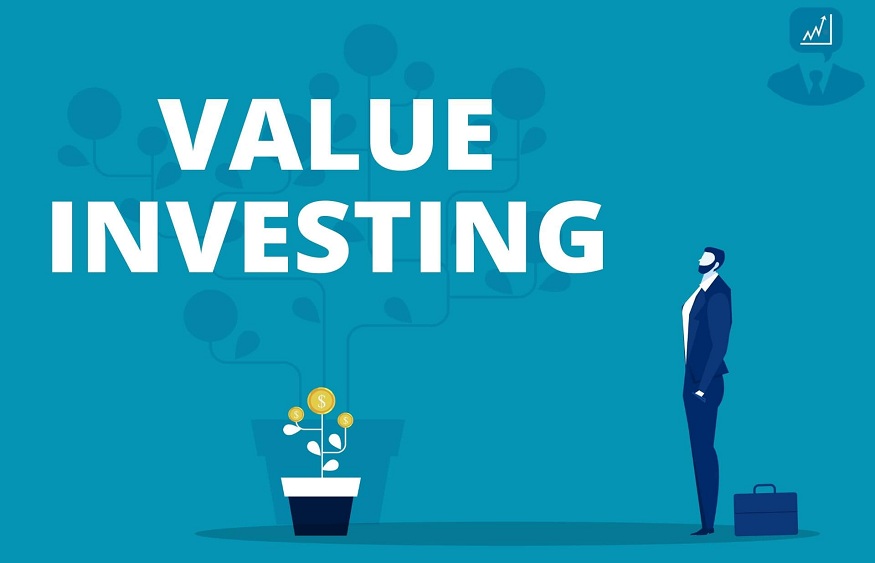In 16 years of experience in finance and strategy on 3 different continents, I can tell you that investment is THE lever that allows entrepreneurs to deploy their financial vision.
5 tips for taking financial risks that will ensure healthy and sustainable hypergrowth!
If you are reading this article, you may have already wondered how to invest and recoup that long-awaited return on investment?
Investing in your business means above all hoping that your turnover will grow, that your team will grow and that it will lead you towards your vision.
It is therefore completely normal – and essential – to invest, whatever your stage of development, your level of turnover or even your current problems.
Do you feel that your business is at the stage of stagnation, that it is running out of steam? So the time to invest has arrived and even more so! And this even if you encounter cash flow problems or if your commercial actions do not go as you would have liked…
Stopping investing in your growth at the first downturn will ultimately add more problems. Indeed, stopping its development will bring less money into the coffers, and will further deepen the hole in which you find yourself.
Tip 1: Invest in yourself!
As a leader, your business rests entirely on your shoulders, at any stage of your development.
The slightest health problem, the slightest drop in morale will therefore have a negative impact on the development of your activity…
The first thing to do is therefore to invest in yourself , in order to work on your state of mind, your posture, your health and thus invest in the growth of your business.
Tip 2: Invest in your business
You will have understood it: you need to invest if you want to develop your turnover thanks to visibility actions and a brand strategy.
In fact, you cannot aim for double-digit growth in turnover without investing in your sales and marketing development!
But beware: if you want to support your growth on a daily basis (and that everything does not crumble the following year!), you must also invest in systems, processes and a team.
Investing in yourself to continue to evolve, investing in your turnover – through marketing and sales – and investing in your business are therefore 3 very important elements that you need to support your growth over the long term.
3rd advice: Set yourself objectives upstream
You may be wondering whether to make all these investments at the same time, or one after the other?
Rest assured: it is completely normal for your company to experience phases of growth, like phases of stagnation.
You don’t need to experience linear, exponential growth if you feel the need to set a consolidation goal and temporarily invest in your business structure.
In other words, it’s up to you to set your goals for the year: develop your turnover, strengthen your team or work on yourself.
Of course, the ideal investment is to work on all these areas at once: your posture, marketing, sales and the structure of your business. Addressing all of these aspects of your business will allow you to move forward faster, and better.
However, if you do not have enough energy to carry out these different investments in parallel, you can absolutely start by prioritizing one of them.
4th tip: Plan your investments
Once this reflection has begun, I advise you to review your investments using quantified financial forecasts, in order to understand all that this implies in financial terms: that is to say, what will be your return on investment and the remuneration you can expect.
Believe me: to do this work regularly with my clients, I can assure you that this exercise is very powerful and very motivating!
Indeed, the simple fact of seeing what you will recover in terms of remuneration and what your business will look like after your investments is a real driver .
5th tip: Track your investments
You cannot predict whether an investment will succeed or fail. To bring you the desired results, it must be followed over time.
If you invest in a commercial action, you must analyze the results to see what worked or did not work so well, and thus improve the process for the next time.
Entrepreneurship involves testing, improving and adjusting : there is no failure, but a step back and analysis that allows us to move forward using past investments and past lessons.
Tracking and analyzing your return on investment will allow you to learn the lessons necessary to achieve your financial goals.
It is this analysis phase that will ensure sustainable and profitable growth for your business, and allow you to achieve the success you aspire to.

